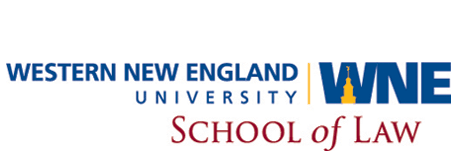Document Type
Article
Publication Date
2007
Abstract
In this Article, the Author explores two unexpected consequences of joining science and law at the hip, and considers whether these consequences represent reciprocal contamination, or instead cross-fertilization, of law and science. In Part I of this Article, the Author provides a brief review of the evolution of legal standards for the admissibility of what is termed "scientific evidence," including Frye and Daubert and their progeny. In Part II of the Article, the Author gives a (necessarily limited) overview of certain modern scientific paradigms of reliability and he explores the realities of peer reviews and of other institutions in science that are relied upon in evidentiary determinations. In Part III, the Author describes two phenomena that are, to his knowledge, relatively new, and are almost certainly the direct result of courts' emphasis on peer review as a criterion for the admission of expert testimony. Lastly, in Part IV of the Article, the Author explores the likely ultimate consequences of the development of discovery into peer review and litigation-driven scholarship and concludes that they are not so bad after all.
Recommended Citation
85 Neb. L. Rev. 643 (2007)
